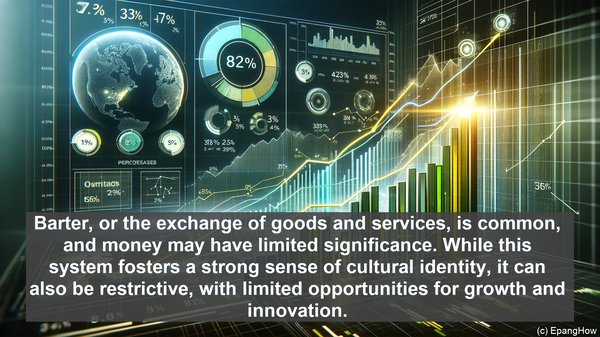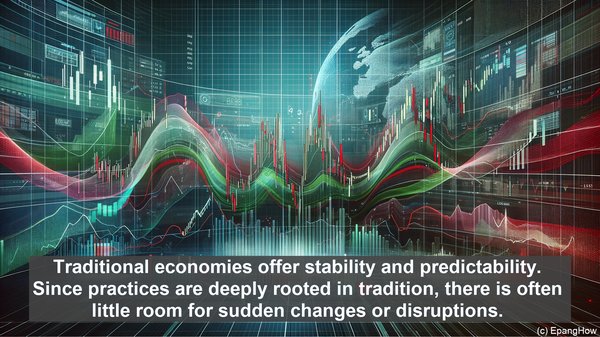Introduction: The Essence of Economic Systems
Hello everyone! When we talk about economies, we often refer to different systems that shape how resources are allocated and goods and services are produced. Two prominent systems are traditional and mixed economies. While both have their unique characteristics, they differ significantly in terms of their organization, decision-making, and resource allocation. Let’s dive deeper into these distinctions.
Traditional Economy: Embracing Heritage and Customs
In a traditional economy, the foundation lies in long-standing customs, beliefs, and traditions. Here, economic decisions are based on what has been done for generations. Agriculture, hunting, and gathering are often the primary means of livelihood. The community plays a central role, with decisions made collectively. Barter, or the exchange of goods and services, is common, and money may have limited significance. While this system fosters a strong sense of cultural identity, it can also be restrictive, with limited opportunities for growth and innovation.

Mixed Economy: The Blend of Public and Private
In contrast, a mixed economy combines elements of both market forces and government intervention. It acknowledges the importance of individual choices and the market’s ability to determine prices and allocate resources. At the same time, it recognizes the need for regulation and public services. In a mixed economy, industries can be privately owned, but the government often steps in to ensure fair competition, protect consumers, and provide essential services like healthcare and education. This system aims to strike a balance between economic growth and social welfare.
Advantages of Traditional Economy: Stability and Community
Traditional economies offer stability and predictability. Since practices are deeply rooted in tradition, there is often little room for sudden changes or disruptions. Moreover, the strong community bonds foster a sense of belonging and mutual support. Everyone has a role, and there is a shared responsibility for the well-being of the community. This cohesion can be a significant advantage in times of crisis or adversity.
Advantages of Mixed Economy: Flexibility and Innovation
On the other hand, mixed economies thrive on flexibility and adaptability. The market-driven aspect allows for quick responses to changing demands and trends. Additionally, the presence of a regulatory framework ensures fair competition and consumer protection. Mixed economies also encourage innovation, as there is room for new ideas and approaches. This dynamism often leads to technological advancements and overall economic growth.

Challenges: Traditional Economy vs Mixed Economy
While traditional economies offer stability, they can face challenges in a rapidly changing world. The reliance on age-old practices may hinder progress, and the lack of diversification can make communities vulnerable to economic shocks. In contrast, mixed economies may grapple with finding the right balance between market forces and government intervention. Over-regulation can stifle entrepreneurship, while too little regulation can lead to monopolies and inequality.
